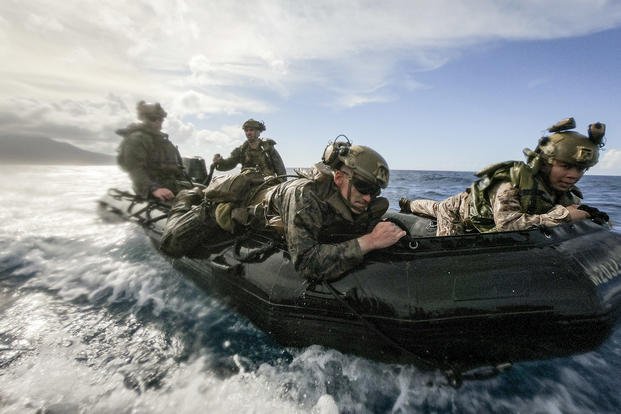For the first time in decades, U.S. troops mostly stayed away from combat in 2022 after the conclusion of the Afghanistan campaign the year before.
But with the cessation of near-constant conflict came a chance to step back and reflect on the ongoing toll shouldered by those who served. This past year, the nation began to come to grips with what it had asked men and women in uniform to endure, and the lingering wounds that haven't and maybe never will heal.
The August passage of the PACT Act, the largest expansion of Department of Veterans Affairs benefits in generations, means that, next year, thousands of veterans who to date have been left without support will begin getting health care. But that support doesn't negate the health issues they face. And those still in uniform face their own challenges, ranging from getting clean drinking water to the ongoing plague of suicide.
Here's an unranked list of the Top 10 stories written by Military.com this year.
They Said the Rise in Military Suicide Is a Mystery. Traumatic Brain Injury May Be an Answer.
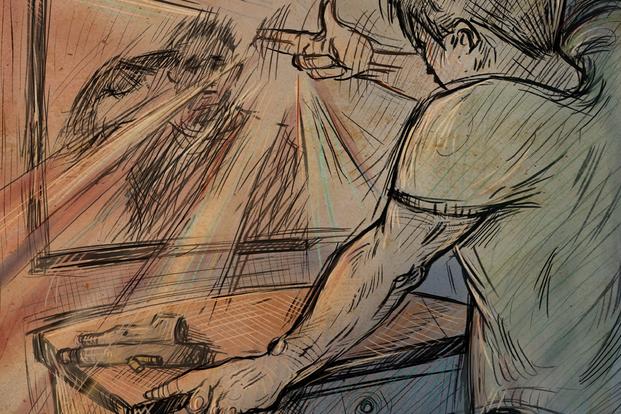
The surge in suicides in the last several decades has been treated as a mystery by many in positions of power in the Pentagon, but medical research is starting to point to a factor that appears to be greatly increasing the risk -- traumatic brain injury.
Military.com reporters Patricia Kime and Rebecca Kheel investigated not only the link between TBI and suicide, but also why the Pentagon was so slow to take action to combat the growing issue plaguing troops, and what treatments are beginning to show promise in a three-part series that revealed the individual human toll the injuries have had on current troops and veterans.
Young and Dying: Veterans Are Getting Brain Cancer and Struggling to Get Benefits

While brain injuries were the signature wounds of the post-9/11 wars, the alarmingly high incidence of certain rare cancers, which many have connected to burn pits, also were in the spotlight ahead of the PACT Act passage.
Patricia Kime looked at the disproportionate incidence of glioblastoma -- a brain cancer that claimed the life of President Joe Biden's son Beau -- with her reporting shining a spotlight on the alarming numbers.
Veterans appeared to be receiving glioblastoma diagnoses at a rate 26% higher than that found among civilians.
How a Church Allegedly Scammed Millions in VA Money from Vets

"God gave me permission to kill everybody in here," Rony Denis allegedly preached to his House of Prayer church congregation, a community disproportionately made up of veterans and current service members. "But I won't, because I love you."
Steve Beynon and Thomas Novelly detailed the techniques used by Denis' church to access a range of revenue streams from the VA, including allegedly placing a church member in a position at the VA to maximize disability claims for members, and allegedly employing deceptive techniques to use GI Bill money from members who enrolled in bible study classes that the former head of the program said were a means to "donate to Denis' Rolls Royces."
40 Years Later, Vietnam Veterans Memorial Stands as Lasting Statement on War and Remembrance
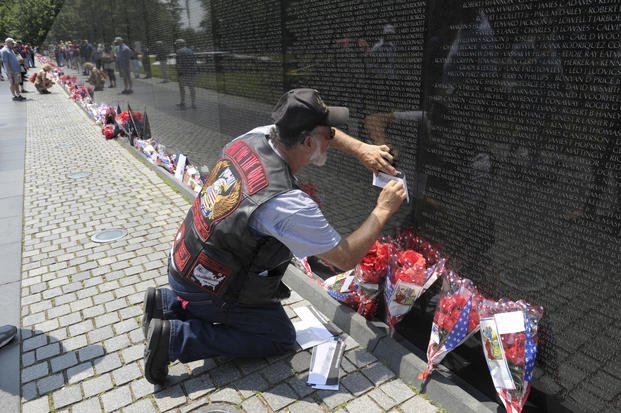
Every anniversary holds significance, but sometimes one hits a little harder.
Richard Sisk wrote about the 40th anniversary of the Vietnam Veterans Memorial, a monument that was at first scorned but has become one of the most powerful symbols of service and an effective tool of remembrance.
Detailing the unveiling of the monument, Sisk wrote:
"At the ceremony on Nov. 11, 1982, the crowd surged forward at the conclusion of the remarks, taking down, with the help of the National Park Service, the snow fence that separated them from the walls. They reached out to touch, chiseled into the granite, the names of those they knew -- to speak to them, to leave behind a note, or maybe their jungle boots, or a pack of cigarettes, or a can of beer."
Michael Grinston's Quiet War to Help Make the Army More Lethal, Wokeness Hysterics Be Damned
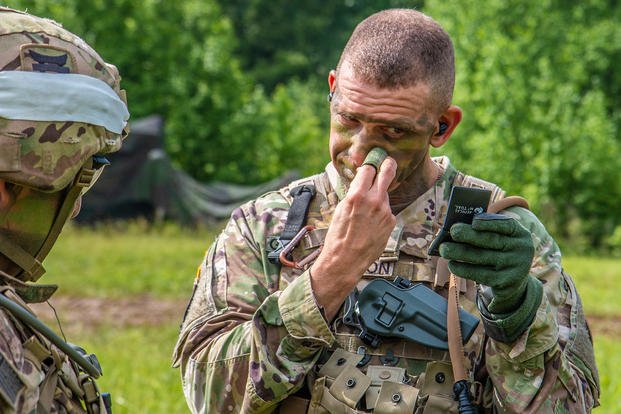
Steve Beynon also witnessed what may prove a pivotal moment in the continued saga of dilapidated housing for soldiers. While touring Fort Bragg, North Carolina, with Sergeant Major of the Army Michael Grinston this summer, Beynon saw Grinston dress down base officials over the mold that was infesting the barracks.
Weeks later, the Army would announce that it was moving more than a thousand troops out of the group of barracks that Grinston had seen, expediting plans to build new housing for the soldiers. It was part of Grinston's focus on quality-of-life issues, trying to move beyond what had become a barrage of criticism from some who argued that the military was too focused on "woke" issues tied to being more supportive of a wider range of Americans who might choose to wear the uniform.
Inside Recruits' Journey to Space Force's First Boot Camp
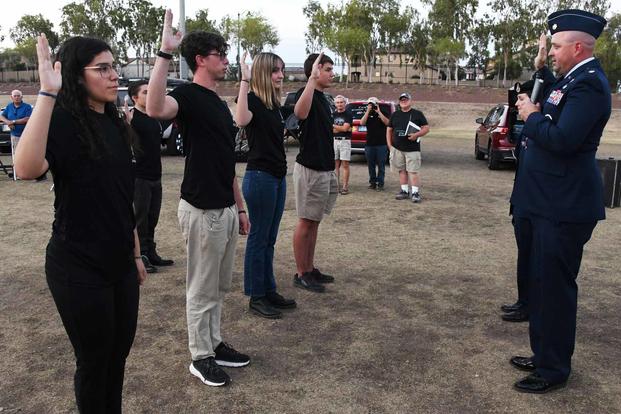
The Space Force, which turned three in December, began to grow up, including its first stand-alone boot camp. Thomas Novelly had a chance to spend time with recruits going through the first basic training for the service, detailing how they're a little bit different than recruits for other branches.
It was an important milestone as the Space Force attempts to create its own culture, and tries to explain to the public what it is that Guardians do.
These Troops Bought Guns on Base. Then They Used the Firearms to Take Their Own Lives.
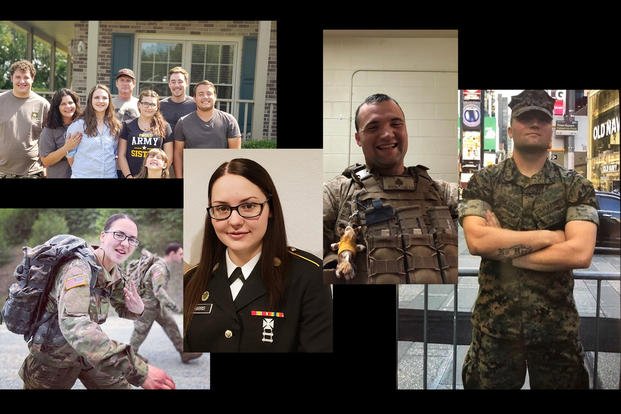
While some promising numbers emerged during the year suggesting that the rise in suicides may be abating, the issue still lingers over the force. Travis Tritten tracked one shocking version of the problem -- troops buying guns on base and then using them to take their own lives.
The services largely don't collect numbers that would reveal the full scope of the problem, but family members of those who followed that particular path described alarming warning signs of distress that would go ignored and seemed to not prevent procuring firearms, as well as a lack of follow-up to make sure that those guns were stored in armories, as is typically required.
10 Deaths in 10 Months: String of Suicides on a Single Aircraft Carrier

A string of suicides on the USS George Washington were not initially disclosed by the Navy, until crew members on the ship told Konstantin Toropin about an announcement from the captain describing a stunning 10 deaths.
Military.com has confirmed at least six suicides in under a year by sailors assigned to the ship -- the Navy has disputed the cause of death for one of those sailors -- and nine in total since November 2019. But the announcement to the crew immediately turned attention to living conditions aboard the ship and eventually led to the service deciding to allow sailors who had struggled in berths that at times didn't have heat or electricity to move to hotels.
How 2 American Veterans Ended Up in Ukraine, Prisoners of Russian-Armed Militants
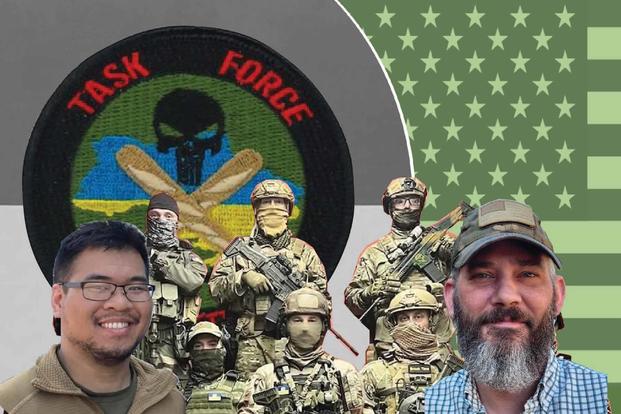
After the beginning of the war in Ukraine, American veterans began to trickle into the country to help fight against the Russian attempt to conquer its democratic neighbor.
Several of those veterans were captured, spending months in prisons run by separatist forces aligned with Russia. Drew Lawrence and Konstantin Toropin managed to reconstruct the movements of two veterans who ended up being held hostage, painting a portrait of veterans seeking another chance to serve doing a mission they thought worthwhile, who ended up bouncing between units and finally being captured during a hectic firefight.
10 Months Later, Afghan Refugees Labor to Build New Lives in US

One bit of unfinished business for a group of Afghanistan war veterans has been trying to help Afghans who worked alongside them during the decades of war escape and find safety after the Taliban conquest of that country.
Rebecca Kheel talked with several who had made it to the U.S. about the difficult situation they found themselves in, and their dreams for a future they hope will be in America despite legal pressures that mean many face the risk of deportation.
-- Zachary Fryer-Biggs is the managing editor at Military.com.
